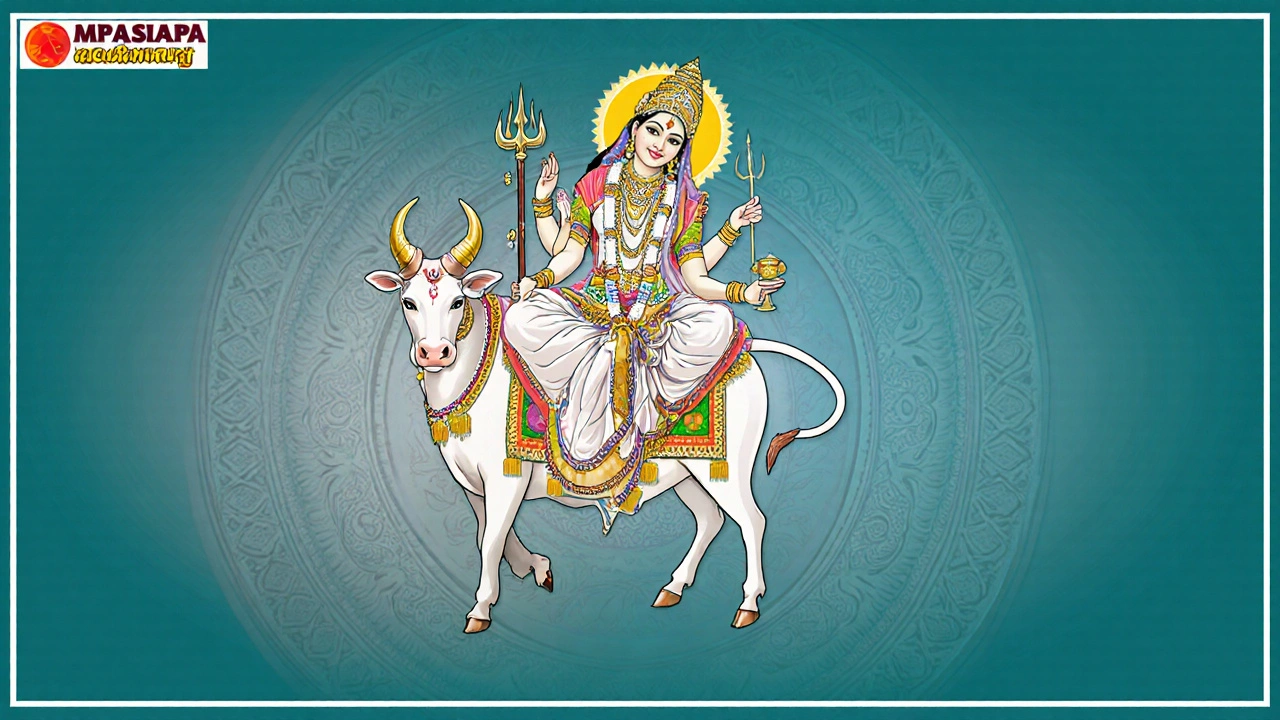Hindu Mythology: Quick Guide to the Gods, Stories and Meanings
If you’ve ever heard a name like Shiva, Lakshmi or Rama and wondered what’s behind it, you’re in the right spot. Hindu mythology is a huge collection of stories that people in India have told for thousands of years. These tales are not just entertainment; they explain how the world works, why people behave a certain way, and what values matter most.
Instead of trying to cover every single legend, let’s focus on the core ideas that pop up again and again. Most of the mythic world revolves around three main forces: creation, preservation, and destruction. These are personified by three big gods – Brahma the creator, Vishnu the preserver, and Shiva the destroyer. Their work isn’t solo; each has a group of helpers and a set of stories that show how they interact with humans.
Key Deities You’ll Meet Everywhere
When you read a Hindu myth, you’ll likely see a few familiar faces. Ganesha, the elephant‑headed god, is the go‑to for removing obstacles – you’ll find him at the start of any new venture. Durga and Kali are fierce warrior goddesses who fight evil forces; their battles teach courage and the power of inner strength.
Other popular figures include Krishna, the playful avatar of Vishnu who shares the famous Bhagavad‑Gita teachings, and Rama, the hero of the Ramayana who embodies duty and loyalty. Each deity has a personality, favorite symbols, and a set of stories that illustrate a moral point.
Major Epics and What They Teach
The two biggest story collections are the Mahabharata and the Ramayana. The Mahabharata is a massive war saga that also contains the Bhagavad‑Gita – a short conversation about duty, action, and surrender. The Ramayana follows Prince Rama’s exile, his wife Sita’s kidnapping, and his eventual victory, showing the importance of honor, love and faith.
Beyond these epics, there are countless Puranas – mythic encyclopedias that describe the birth of the universe, the genealogies of gods, and the deeds of saints. They keep the culture alive by tying everyday rituals to bigger cosmic stories.
Why do these myths still matter? First, they give people a language for talking about big ideas like karma (action and consequence) and dharma (righteous duty). Second, they provide role models – you can look at Krishna’s cleverness or Shiva’s calm in chaotic moments and learn how to act.
If you’re new to Hindu mythology, start small. Read a short story about Ganesha’s birth, or watch a simple animation of the churning of the ocean (Samudra Manthan). Those bite‑size versions give you the flavor without overwhelming you with details.
Finally, remember that myths are living. They change with each retelling, adapting to modern life while keeping the core messages intact. Whether you’re exploring them for personal growth, cultural curiosity, or just a good story, Hindu mythology offers a rich tapestry that’s easy to dip into and hard to forget.
